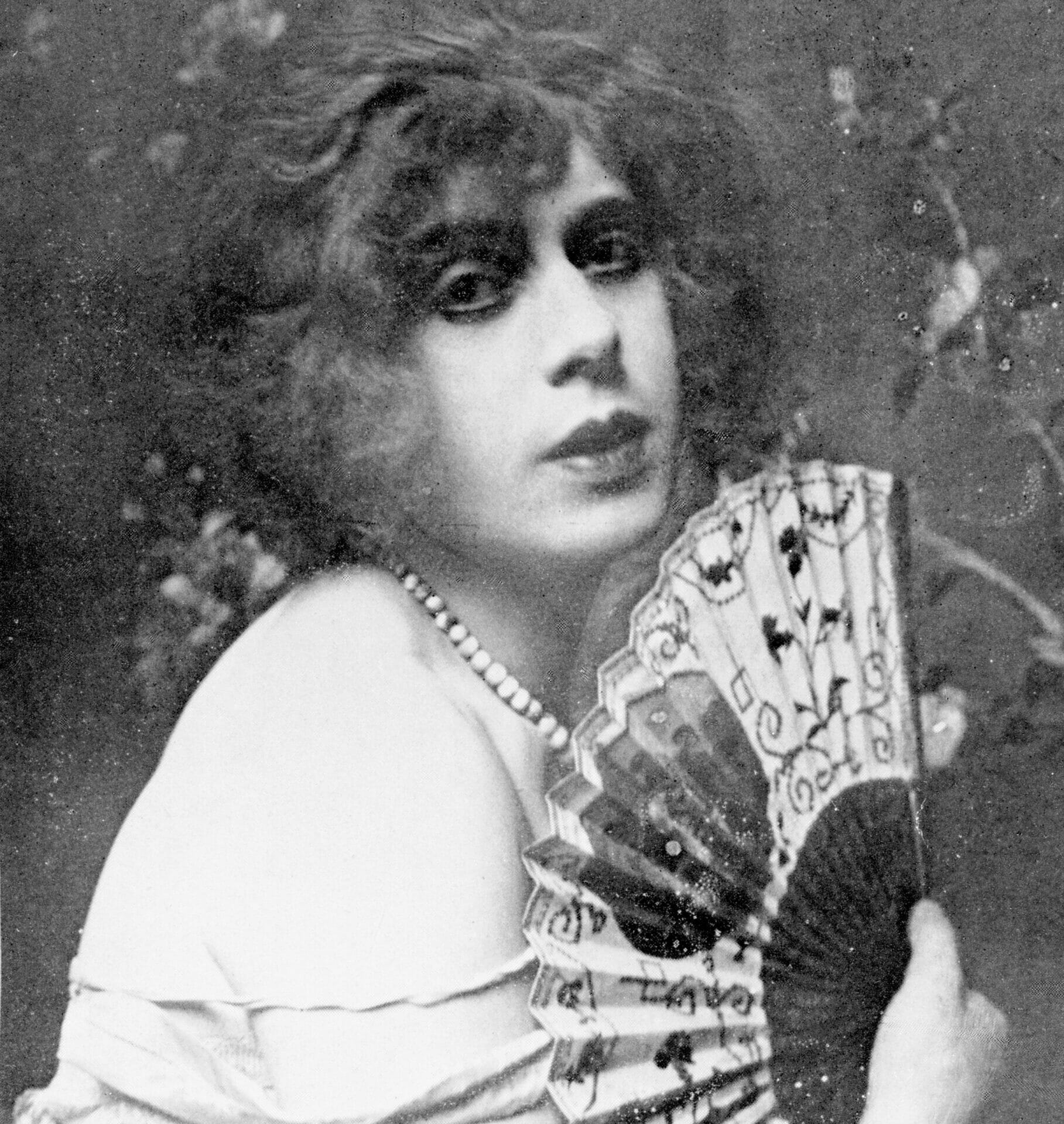
The Danish Girl | Becoming Truly Oneself
Year
Runtime
Director
Main Cast
Cinematographer
Production Designer
Format
Subgenre
The Danish Girl – director Tom Hopper‘s controversial big-screen adaptation of David Ebershoff‘s 2000 fictional novel of the same name – is loosely based on the real-life story of Danish painter and transgender woman Lili Elbe and that of Gerda Wegener. Today Lili Elbe is widely remembered as one of the first documented people to undergo sex reassignment surgery, and as a pioneer of transgender rights.
The Danish Girl premiered at the 72nd Venice International Film Festival where it won the Queer Lion. At the 88th Academy Awards, the movie received four nominations, with Alicia Vikander winning for Best Supporting Actress. The movie received much criticism for obscuring real history with various historical inaccuracies. In addition, the choice to cast Eddie Redmayne, a cisgender actor, in a transgender role has also been the subject of many criticisms and comments as well.
A love-filled pioneering journey
Copenhagen, Denmark, the mid-1920s. Einar Wegener (Eddie Redmayne) is a young, successful landscape painter. A shy and reserved man, Einar leads his life, far from the excesses of his time, together with his wife Gerda (Alicia Vikander), who is also a painter who specializes in portraits. One day, Gerda asks Einar to stand in for her absent model. And so Einar agrees to wear a dress and silk stockings. What began as an innocent game will lead Einar to finally expose his own gender identity as a woman under the name Lili Elbe. After some initial difficulties, Gerda realizes that she just wants the person she loves to be happy, no matter what. Thus, she will support Lili on the difficult journey of leaving behind her male identity to finally embrace her true identity as a woman.
The Danish Girl sets out to tell a love story outside of Hollywood standards. The movie displays an unconditional feeling – the one between Lili and Gerda – that evolves and changes along with the characters, never fading away. Indeed, what prompted Tom Hopper to make the movie was, above all, this deep love that goes beyond bodies and gender.
I fell in love with it seven years ago. And it was this extraordinary script about an incredible love story at its centre that drew me in and really moved me.
Director Tom Hooper in an interview with the Reader’s Digest
As in a Danish painting
The 1920s conjures up imagery of parties and follies, such as that portrayed in F. Scott Fitzgerald‘s The Great Gatsby. Hooper, in contrast, sheds light on a private side of the Roaring Twenties, far from the glossy stereotypes. Every element in the movie’s construction contributes to the creation of a quiet, intimate world. In The Danish Girl, parties are cultured occasions for establishing social relationships, and the colors and clothes are soberer. However, every detail is perceived as true to the historical period.
Cinematographer Danny Cohen opted for painterly cinematography, inspired by Danish painter Vilhelm Hammershøi, whose austere works depict a cold but intense world, with the characters taking center stage. To achieve the same effect, Cohen chooses smooth lighting; guiding the viewer’s gaze through intimate scenes. Just a hint of golden light and warmer colors recall the Belle Époque posters of Gustav Klimt and Alphonse Mucha.
Blossoming through music and costumes
French composer Alexandre Desplat contributed to creating this hushed atmosphere. Inspired by Gerda’s point of view, Desplat tried to go beyond the music of the 1920s to tell a love story, but also the story of a person struggling to emerge. The result is a duet, capable of giving voice to two characters who are changing at the same time, emphasizing different feelings.
As for the costumes, Spanish costume designer Paco Delgado wanted to be as faithful as possible to “the bravery of Lili”. To mirror Lili’s blossoming, Delgado opted for neutral, dark colors when Lili was in Copenhagen; moving to Paris, however, he opted for warmer colors and different fabrics like silks and chiffons. Delgado wanted the character to take shape starting with the clothes: the first garments that define Lili’s personality.
She wasn’t a fictional character, she was somebody who really existed. Our point of departure was always to think that Lili was trapped in a body that didn’t belong to her. Therefore we had to create almost a prison-like idea, where she was in prison in the masculine body and that’s the reason we created this sort of very restricted [costume] in the beginning of the movie.
Costume designer Paco Delgado in an interview with Harper’s Bazaar
Historical inaccuracies
The movie presents Lili Elbe as the first recipient of sex reassignment surgery in history. However, she was actually the second. Before her, Dora Richter received gender-affirming surgery. This is just one of the many historical inaccuracies for which The Danish Girl has been criticized.
Indeed, as reported in an article by The Guardian, the movie omitted and/or changed numerous historical facts and details of Lili and Gerda’s real story. For example, the story begins in 1926, with Einar and Gerda living in Copenhagen. But they actually moved to Paris in 1912. Lili underwent five surgeries, not just two as shown in the movie. Lili became Gerda’s favorite model and, especially after they settled in France, Gerda’s portraits became increasingly riqué. While in the movie there is only a quick allusion to the fact that Lili posed for many of Gerda’s illustrations. There is not even any mention of the annulment of the marriage by a special decree granted by the King of Denmark in 1930.
Trans representation and trans visibility
Among the biggest controversies regarding The Danish Girl is the choice to cast a cisgender man to play a transgender role. A choice that today – in the wake of the battles for more equality, inclusiveness, and representation that have swept through the Hollywood industry in recent years – appears even more thorny. Today many visual narratives such as Pose; Euphoria; Sense8; or Heartstopper have emerged for featuring an inclusive cast with transgender actors and actresses.
Eddie Redmayne himself – who was nominated for the Academy Award for Best Actor for his role as Lili Elbe – commented on the matter, stating that accepting that role was a mistake:
No, I wouldn’t take it on now. I made that film with the best intentions, but I think it was a mistake. […] The bigger discussion about the frustrations around casting is because many people don’t have a chair at the table. There must be a leveling, otherwise we are going to carry on having these debates.
Eddie Redmayne, speaking about his role as Lili Elbe in The Danish Girl, in an interview with The Times
Therefore, the strong controversy stirred up by The Danish Girl sparked a debate that is still ongoing concerning the movie and entertainment industry and LGBTQ+ characters. Even Alicia Vikander, who plays Gerda in the movie, expressed the need for a change in the whole Hollywood system:
I totally understand the criticism that has been out there, because we need to make change and we need to make sure that trans men and women actually get a foot in and get work.
Alicia Vikander in an interview with IndieWire
Open a space for conversation
In conclusion, Hooper’s movie focuses heavily on aesthetics. At the expense of the story, which suffers the deprivation of some of its great strength. Lili’s pain and difficulties, as well as her complex relationship with Gerda, appear weakened to some extent. On the other hand, however, The Danish Girl has succeeded in speaking to a wide audience about a real story largely unknown to general audiences. Therefore, despite its imperfections, the movie is an addition to those narratives that have opened up a space for conversation and that have shaped the way for a more inclusive future in the Hollywood industry.
Tag
Buy a ☕ for Hypercritic







